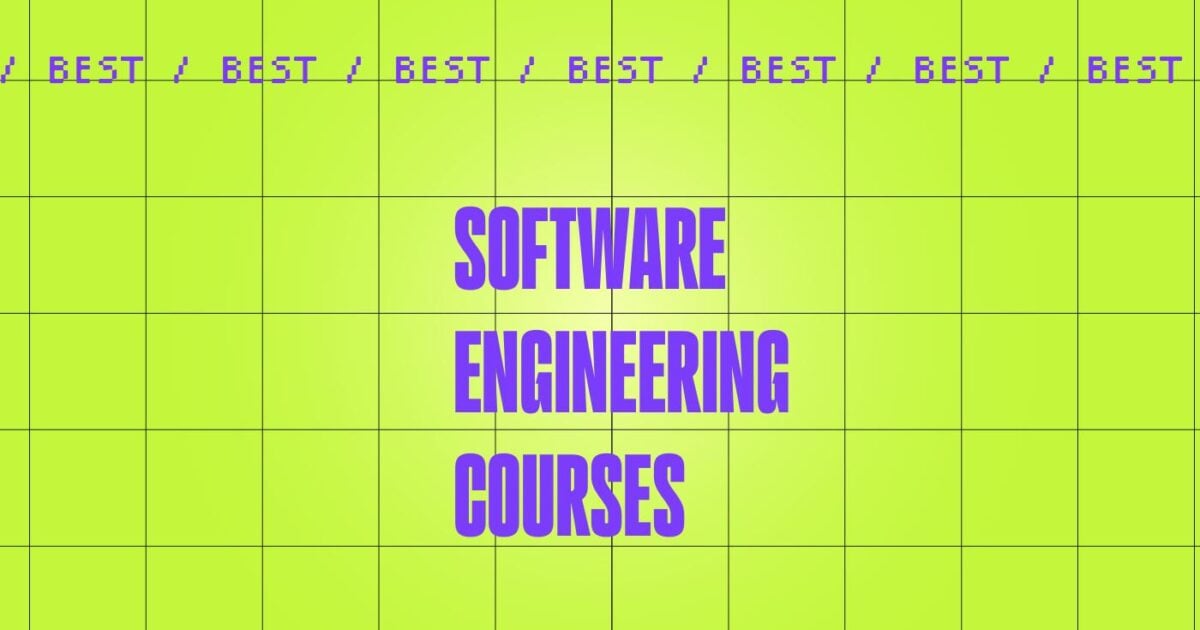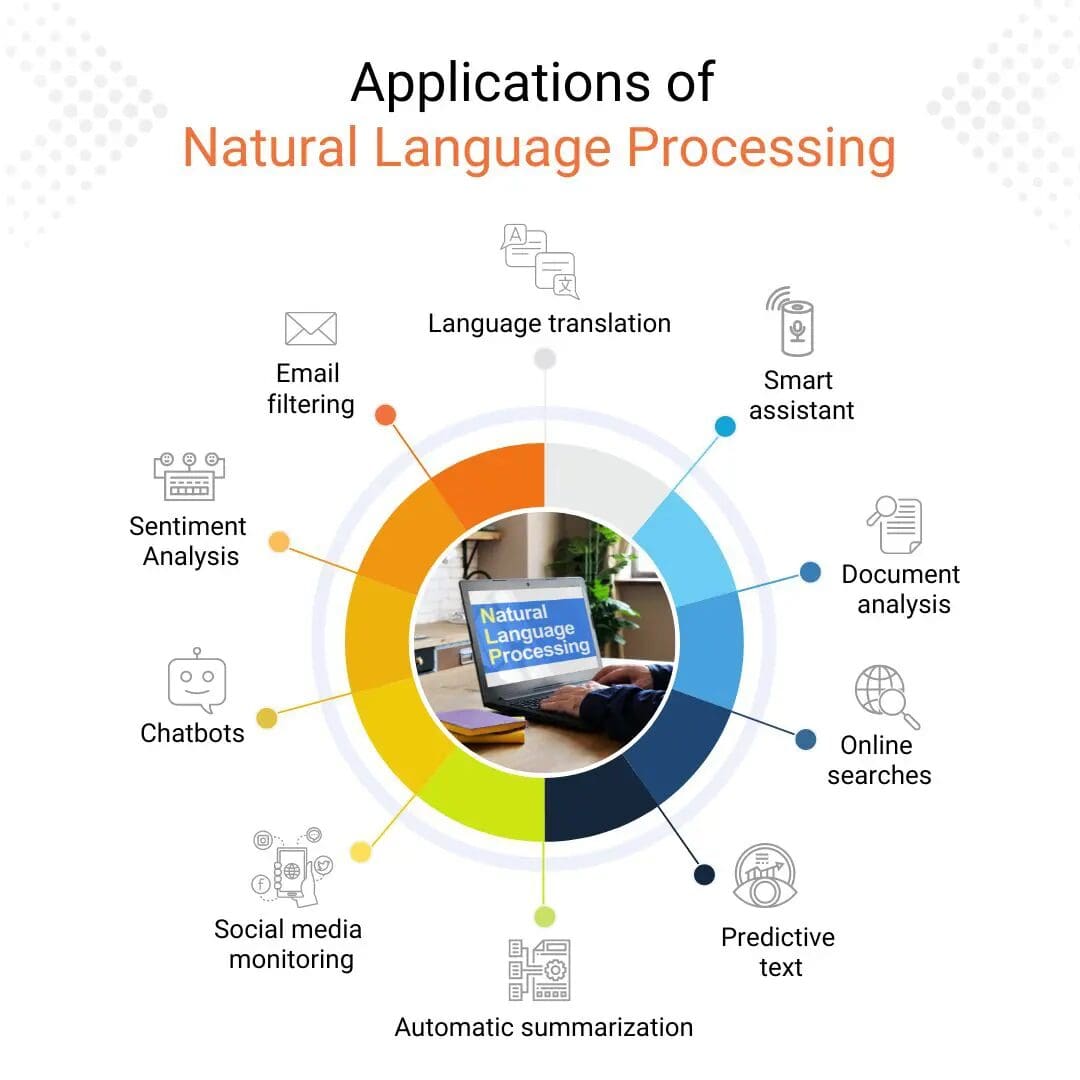All Categories
Featured
Table of Contents
You probably understand Santiago from his Twitter. On Twitter, on a daily basis, he shares a great deal of useful aspects of machine understanding. Thanks, Santiago, for joining us today. Welcome. (2:39) Santiago: Thanks for welcoming me. (3:16) Alexey: Before we enter into our main subject of moving from software application engineering to device knowing, perhaps we can start with your background.
I went to college, obtained a computer system scientific research degree, and I started constructing software application. Back after that, I had no idea regarding device knowing.
I know you have actually been making use of the term "transitioning from software design to machine discovering". I like the term "contributing to my skill established the device understanding abilities" more since I assume if you're a software program engineer, you are currently offering a great deal of value. By incorporating artificial intelligence now, you're augmenting the influence that you can carry the market.
Alexey: This comes back to one of your tweets or possibly it was from your training course when you compare 2 techniques to knowing. In this situation, it was some trouble from Kaggle regarding this Titanic dataset, and you simply find out how to resolve this problem using a details tool, like decision trees from SciKit Learn.
The 9-Second Trick For Machine Learning Engineer: A Highly Demanded Career ...
You first learn mathematics, or linear algebra, calculus. When you recognize the mathematics, you go to machine knowing theory and you find out the concept.
If I have an electric outlet right here that I need replacing, I do not wish to most likely to college, spend four years recognizing the math behind electrical power and the physics and all of that, just to alter an outlet. I prefer to start with the outlet and discover a YouTube video clip that aids me go with the issue.
Bad example. You obtain the idea? (27:22) Santiago: I truly like the concept of starting with a trouble, attempting to toss out what I recognize as much as that trouble and comprehend why it does not work. After that get the tools that I require to resolve that issue and start digging deeper and much deeper and much deeper from that factor on.
Alexey: Possibly we can speak a little bit concerning discovering resources. You stated in Kaggle there is an introduction tutorial, where you can get and find out how to make decision trees.
The only demand for that course is that you know a little bit of Python. If you go to my account, the tweet that's going to be on the top, the one that claims "pinned tweet".
Top Guidelines Of Machine Learning Is Still Too Hard For Software Engineers

Also if you're not a designer, you can begin with Python and work your means to even more artificial intelligence. This roadmap is concentrated on Coursera, which is a platform that I actually, actually like. You can investigate every one of the courses free of cost or you can pay for the Coursera registration to obtain certificates if you wish to.
So that's what I would do. Alexey: This comes back to among your tweets or perhaps it was from your course when you compare two strategies to discovering. One strategy is the problem based strategy, which you simply spoke about. You locate a problem. In this instance, it was some problem from Kaggle regarding this Titanic dataset, and you simply learn how to address this issue using a particular device, like choice trees from SciKit Learn.

You first discover math, or linear algebra, calculus. When you know the mathematics, you go to maker knowing concept and you find out the concept.
If I have an electric outlet here that I require changing, I don't wish to most likely to university, invest four years comprehending the mathematics behind electrical power and the physics and all of that, simply to change an electrical outlet. I would instead begin with the electrical outlet and locate a YouTube video that helps me experience the problem.
Bad example. Yet you get the concept, right? (27:22) Santiago: I really like the idea of beginning with a problem, trying to toss out what I recognize up to that trouble and recognize why it doesn't work. After that get the devices that I require to address that problem and start digging much deeper and much deeper and deeper from that factor on.
Alexey: Maybe we can chat a bit concerning learning sources. You mentioned in Kaggle there is an introduction tutorial, where you can obtain and discover just how to make decision trees.
All About 🔥 Machine Learning Engineer Course For 2023 - Learn ...
The only demand for that training course is that you understand a little bit of Python. If you go to my account, the tweet that's going to be on the top, the one that says "pinned tweet".
Even if you're not a designer, you can begin with Python and function your way to even more artificial intelligence. This roadmap is focused on Coursera, which is a system that I actually, truly like. You can examine every one of the courses free of cost or you can pay for the Coursera membership to get certifications if you want to.
Machine Learning In Production - Questions
Alexey: This comes back to one of your tweets or perhaps it was from your training course when you compare two strategies to discovering. In this case, it was some trouble from Kaggle regarding this Titanic dataset, and you simply discover just how to solve this problem making use of a certain tool, like choice trees from SciKit Learn.

You initially find out mathematics, or direct algebra, calculus. When you understand the math, you go to machine knowing concept and you find out the theory. 4 years later, you finally come to applications, "Okay, exactly how do I utilize all these four years of math to fix this Titanic problem?" ? So in the previous, you type of save yourself some time, I believe.
If I have an electrical outlet here that I need changing, I do not wish to go to university, spend four years recognizing the mathematics behind power and the physics and all of that, simply to alter an electrical outlet. I would certainly rather begin with the outlet and find a YouTube video that helps me undergo the issue.
Negative analogy. You get the concept? (27:22) Santiago: I actually like the idea of beginning with an issue, attempting to toss out what I understand approximately that issue and comprehend why it does not function. After that order the devices that I require to resolve that problem and start excavating much deeper and deeper and much deeper from that factor on.
Alexey: Maybe we can chat a bit regarding discovering sources. You stated in Kaggle there is an intro tutorial, where you can get and find out just how to make decision trees.
The Single Strategy To Use For Machine Learning Course - Learn Ml Course Online
The only requirement for that program is that you understand a bit of Python. If you're a designer, that's a fantastic starting point. (38:48) Santiago: If you're not a programmer, then I do have a pin on my Twitter account. If you go to my account, the tweet that's going to get on the top, the one that claims "pinned tweet".
Even if you're not a programmer, you can start with Python and work your method to more equipment understanding. This roadmap is focused on Coursera, which is a system that I really, actually like. You can examine every one of the courses free of cost or you can pay for the Coursera membership to obtain certificates if you want to.
That's what I would do. Alexey: This returns to among your tweets or possibly it was from your course when you contrast two approaches to discovering. One approach is the trouble based approach, which you just spoke about. You locate a problem. In this situation, it was some trouble from Kaggle regarding this Titanic dataset, and you simply discover how to address this issue utilizing a details tool, like choice trees from SciKit Learn.
You first find out mathematics, or direct algebra, calculus. Then when you understand the mathematics, you most likely to machine understanding theory and you discover the theory. Four years later on, you finally come to applications, "Okay, just how do I utilize all these four years of math to solve this Titanic issue?" Right? In the former, you kind of save yourself some time, I believe.
Top Guidelines Of 19 Machine Learning Bootcamps & Classes To Know
If I have an electrical outlet here that I need changing, I do not wish to most likely to college, invest 4 years recognizing the math behind electrical energy and the physics and all of that, just to transform an electrical outlet. I prefer to start with the electrical outlet and locate a YouTube video that assists me go through the trouble.
Negative analogy. You get the idea? (27:22) Santiago: I really like the concept of starting with a problem, trying to toss out what I recognize up to that trouble and understand why it does not work. Then get the devices that I require to address that problem and start digging much deeper and deeper and much deeper from that factor on.

So that's what I typically recommend. Alexey: Possibly we can speak a bit about learning resources. You discussed in Kaggle there is an introduction tutorial, where you can get and discover just how to make decision trees. At the beginning, before we started this interview, you discussed a number of books also.
The only requirement for that program is that you understand a little bit of Python. If you're a programmer, that's a fantastic beginning point. (38:48) Santiago: If you're not a programmer, then I do have a pin on my Twitter account. If you most likely to my account, the tweet that's mosting likely to get on the top, the one that states "pinned tweet".
Also if you're not a developer, you can start with Python and function your method to more device learning. This roadmap is concentrated on Coursera, which is a system that I truly, truly like. You can investigate every one of the courses free of cost or you can pay for the Coursera membership to get certificates if you wish to.
Latest Posts
How To Prepare For Amazon’s Software Engineer Interview
The Star Method – How To Answer Behavioral Interview Questions
How To Optimize Machine Learning Models For Technical Interviews